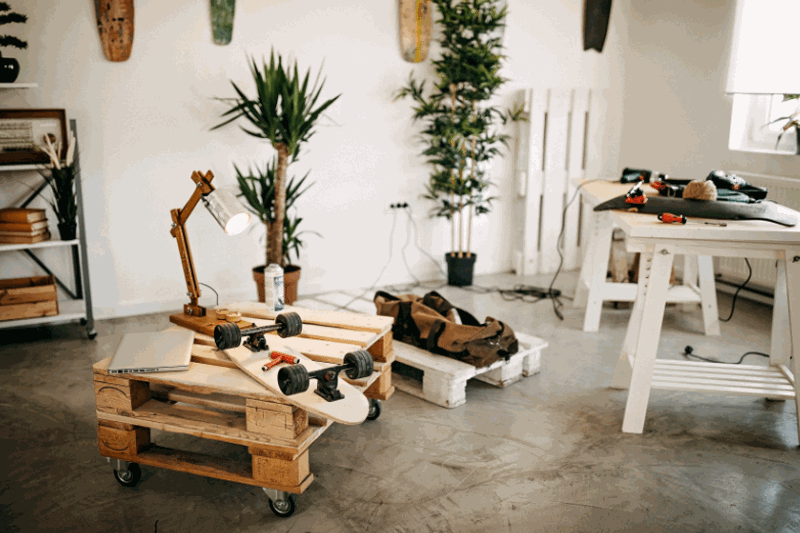Step #1: Decisions need to be made
This is your home, and you have some decisions to make. The first one is whether your project requires a contractor or not. This depends on how much time you have, what your skills are, and how much stress you can handle. If there is even a slight hint that you might not finish the project or won’t finish it well, you should hire a contractor. Yes, you have to pay more, but in the end, you have something that has the potential to appeal to buyers, not repel them.
If you decide to use a contractor, make some smart decisions. You have to shop around for a contractor. Ask plenty of questions and go with someone you are comfortable with. Word-of-mouth will tell you a lot, so ask everyone you know about what they’ve heard about the contractor in question. Don’t forget to call the Better Business Bureau and the state attorney general’s office about any investigations or complaints about the contractor and his subcontractors.
Step #2: Take it one project at a time
If this is your first remodel project, don’t start with something major. In order to keep your finances and sanity intact, you should prioritize what you need to do in the home. Don’t try to do it all at once. For example, having your living room painted and your bathroom torn out at the same time will be a big strain on you.
Start with the smallest and most minor projects first. This often includes the things you can do yourself, like painting and new light fixtures. Then move on to the projects that will pay you in the long run, such as new windows and major systems. Then turn to the cosmetic and the finishing.
Step #3: Cheap will result in costly
There are many places where you can cut corners in cost. Your walls, roof, and floors aren’t among them. You can buy cheaper fixtures, plain bathroom tiles, and moderate-cost appliances. But your structure, insulation, electrical, plumbing, and heating and cooling are what make your home efficient. By spending the full dollar for these things, you can save a little money in the long run. Believe me, rising utilities are all the reason to make your home top-notch efficient.
Along with this, you should invest in good windows and doors. They are expensive, but again, aren’t a place to cut costs. When you are purchasing windows, look for brands with high energy efficiency ratings and low maintenance. A good choice is often a good-quality vinyl window.
Step #4: Classic design is always the best
While trends are fun, they cut back your resell options. For example, my husband and I are into a western cattle baron look. We choose to show this in our leather and cowhide furnishings and decor. We know that if we go too far, like a mural of a cattle drive on the dining room wall, only a special person will like the home.
You are best off if you use classic materials, like wood and granite, and simple design. Use your decor as a way to give your home style, or be prepared to repaint before you can sell the home.
Step #5: Expect your budget to be blown
It’s a nice idea to think that you can stick to your budget, or better yet, come in under budget. But this isn’t always possible with home remodeling projects. Why? Because homes hold lots of surprises.
You should give yourself at least 15% over your budget as maneuvering room. This will cushion you from any unexpected costs and surprises. Do this especially if you are working with a contractor. Remember your budget and his estimates are just numbers up in the air. When the dollars are spent, that is how much your work really costs.
Want to discuss more? Contact our remodeling consultant now.




